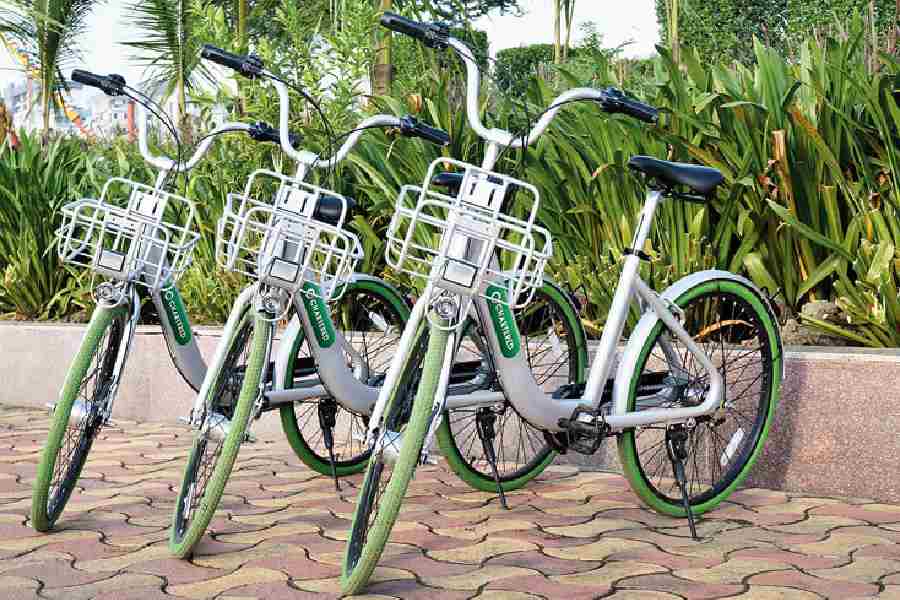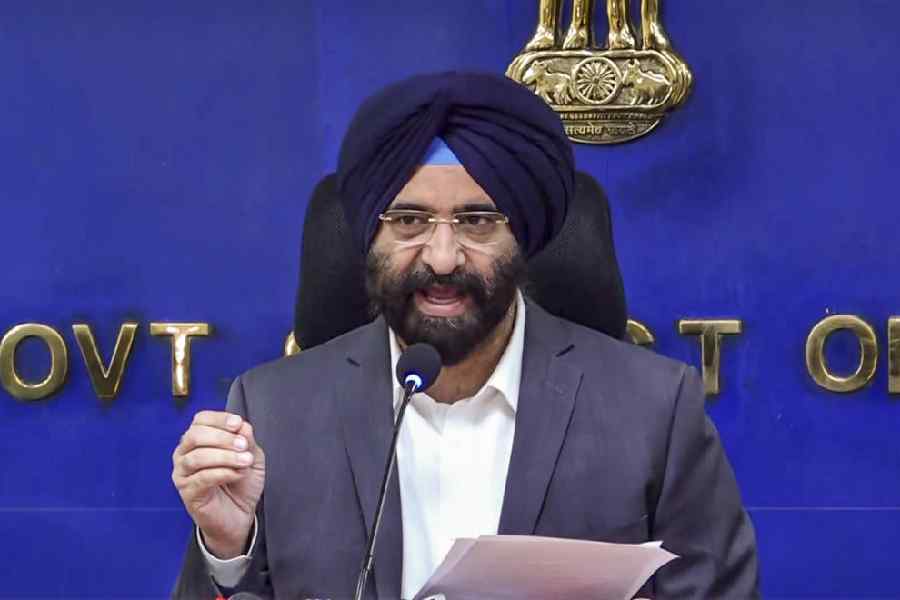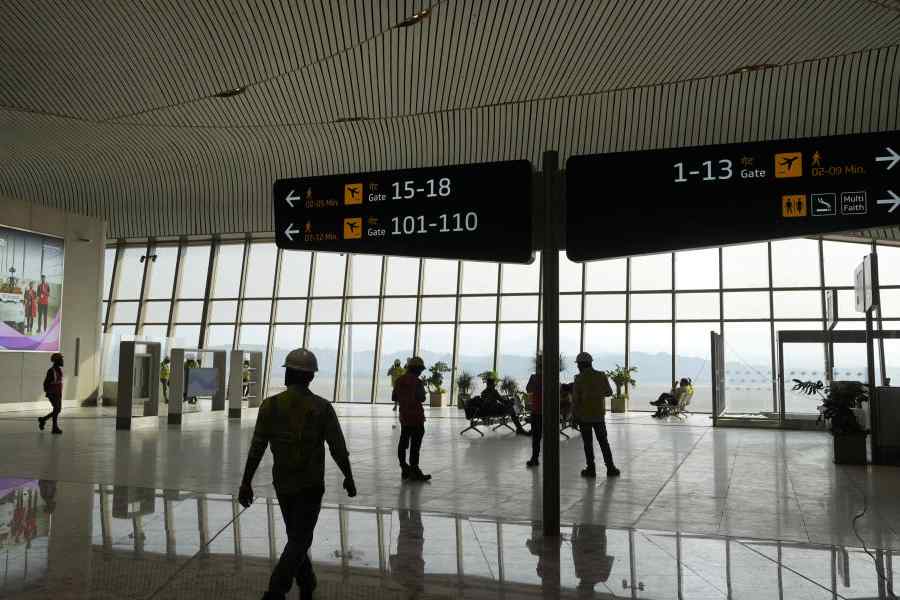India has a pretty low recovery rate in cycle-lifting cases. To understand the underlying reasons for this, it is important to examine two factors. First, cycles do not have registration numbers. The Motor Vehicles Act, 1988 requires a vehicle to have a registration certificate, which contains vital information such as its registration date, manufacturing date and, above all, the owner’s personal details. Being non-motorised vehicles, cycles are exempt from the registration requirements that are applicable to motorised vehicles in India. Consequently, if and when a stolen cycle is recovered, it is usually difficult for the police to trace it back to the rightful owner. Second, not all cycle thefts are reported. When a recovered cycle is unreported, coupled with the fact that it is unregistered, the odds of it being returned after theft are inevitably low.
Japan’s Jitensha Bohan Toruku, or bicycle anti-theft registration system, however, offers a good example for India to learn from. Registering cycles, whether brand new or pre-owned, is mandatory in Japan. One can acquire a registration card from a retailer while purchasing a first-hand cycle but one must collect the previous owner’s registration card and get the cycle re-registered if it is second-hand, as revealed by the Nagoya International Center, a non-profit organisation. India should consider replicating the Japanese model to not only promote the recovery of stolen cycles but also prevent them from being stolen in the first place.
Almost 9,000 cycles worth Rs 5.3 crore were stolen across India between 2017 to 2019, as highlighted by an article in The Times of India. It also mentions that the number of recovered cycles stood at 2 for every 100 cycles, at best. Surely this entire situation does not augur well for India’s aspirations to be recognised as a cycling hub globally.
Registering on a database, where one could provide and update details of one’s cycle’s accessories, make, model, and identifiable marks, makes sense. This is a welcome step as it enables retailers and buyers of second-hand cycles and related accessories to insist on proof of ownership to verify a product’s history benefiting, in turn, both privately-owned cycles and those put up for rental services, which are often targeted for their resale value.
Post-registration, people could also have their cycles bikemarked — a precautionary measure where a label carrying the unique registration number is placed on the underside of the bicycle frame — to deter theft. Thieves would be aware that they can be arrested if they are caught with a cycle that is not registered with them in the event of any on-the-spot registration checks by the police. Additionally, people could consider tamper-evident labels for bike marking since they act as visual deterrents by leaving behind irreversible, visible damage upon being tampered with.
To report a missing cycle to the police, one has to furnish a detailed description of the cycle, highlighting any identifiable mark such as scratches. Additionally, to prove ownership of a missing cycle, one has to provide documents, such as a receipt, invoice, or warranty. A national cycle database with registered serial numbers would make things much easier as it could be used by the police to acquire as well as confirm identification details of lost or stolen cycles.
Cycles offer a viable solution to the climate crisis that is upon us. They require less energy during manufacturing, release zero on-road emissions by not using fossil fuels, and reduce traffic congestion by taking up less road space. However, one can expect to see more pedallers only when there is assured safety from cycle theft. Prime Minister Narendra Modi, who has often encouraged Indians to take up cycling, must prioritise creating a nationwide cycle database. Until this happens, it is difficult to be optimistic about a cycle revolution in India.











